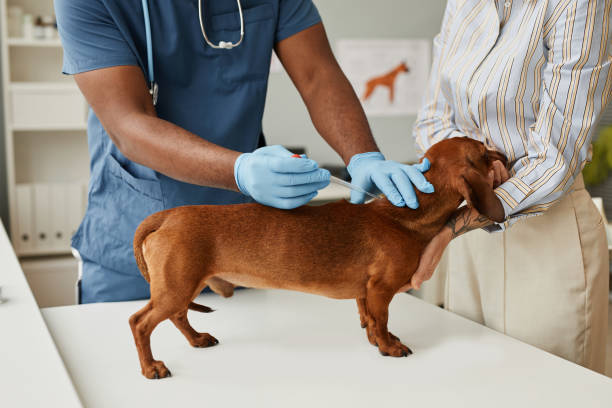A Review on Mitigating Fear and Aggression in Dogs and Cats in a Veterinary Setting

The majority of dogs and cats are fearful during veterinary visits, and some individuals may show aggression as a result. We review ways to avoid negative experiences and promote positive emotions in animals visiting the veterinarian. Whenever an animal is in the practice, the veterinary team should endeavour to make the visit as pleasant as possible, by using non-threatening body language and by creating positive associations. High-value food (unless an animal needs to be fasted) or toys should be used generously throughout the visit. In the interaction with the animals, low-stress handling methods, brief pauses and adjusting the procedure based on the animal’s body language help them to feel secure. Distractions can be used to minimise perceived pain such as from injections. If a known painful area needs to be treated, pain killers are advised. For animals that are very fearful, several medication options are available that can be given prior to the veterinary visit to help them with their fears. With reward-based training, animals can learn to accept veterinary procedures. A stress-free veterinary visit benefits all involved parties—the animals, their owners, as well as the veterinary team.
Riemer, S., Heritier, C., Windschnurer, I., Pratsch, L., Arhant, C., and Affenzeller, N. (2021). A Review on Mitigating Fear and Aggression in Dogs and Cats in a Veterinary Setting. Animals, 11(1), 158. https://doi.org/10.3390/ani11010158
Photo: iStock.com/SeventyFour
View ResourceTopic(s): Behavior, Breeder Resource, Dog to People - Low Stress Handling, Social Interactions